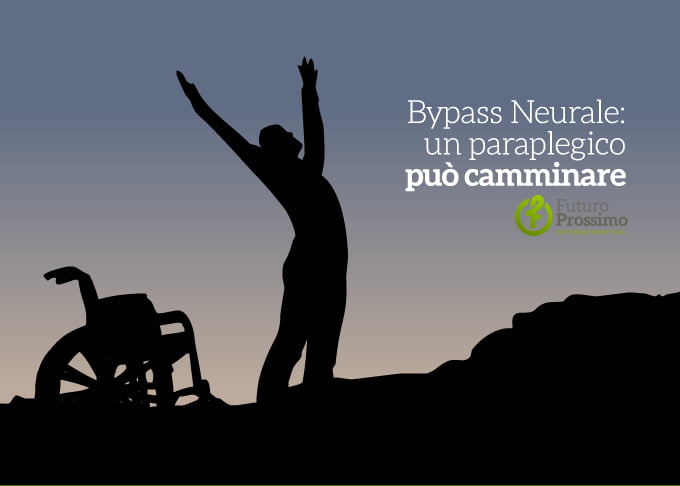A paraplegic patient was able to walk using only his brain thanks to a "Neural Bypass" procedure: the man, paralyzed 5 years ago following a motorbike accident, is the first in the world to walk without any aid.
Dr. An Do's team at the University of California achieved a historic milestone by allowing the brain of a 26-year-old American to transmit brain impulses directly to electrodes placed around his legs, which produced the necessary movements: after a period of training, the man made a very short stretch on his legs, 4 metres, but enough to give the start to an extraordinary future.
“Even after years of paralysis,” says Dr. An Do, “the brain can continue to emit waves strong enough to allow walking without passing through a damaged spinal cord. This non-invasive muscle stimulation system is truly promising and constitutes a notable leap forward compared to servo-controlled systems such as those based on virtual reality or robotic exoskeletons."
The feat in 20 steps
Dr Zoran Nenadic, co-author of the study, imagines considerable improvements starting from the next versions of the devices. The electrode system transmits the electroencephalogram via Bluetooth to a computer, which decodes it and converts it into impulses sent to the patient's legs. “We will get better and better,” adds Nenadic. “This system will be able to obtain great control, because the brain waves are recorded with great precision, and will also be able to allow the opposite process, giving the brain the same sensation of the legs”.
After 20 training sessions (started first by making an 'avatar' move on the screen with his own brain waves, then by doing very short stretches with his legs suspended 5 cm from the ground to facilitate movements and muscle recovery) the patient also acquired part of his sense of balance.
There is still a lot of work to do for the boy who has started walking again, but hope and training will do wonders. The news has also given enormous hope to the many people who suffer from the same problem: the next step is the one that will lead to increasingly longer stretches of walking, until reaching the levels of a normal, extraordinary walk.
Here is the text of the research, published in the Journal of Neuroengineering and Rehabilitation


